Isolation switches can be divided into horizontal rotation, vertical rotation, plug-in and other electrical equipment isolation switches. Isolation switches can be divided into single-column, two-column and three-column electrical isolating switches. This is a switchgear that can connect or disconnect a switching power supply. Only the separation and closing of the isolating switch has some small details. For example, when the isolating switch is in the separation position, there is a clearly required breaker spacing in the middle of the breaker, and there is also a clear separation mark. When the isolating switch is in the off position, the isolating switch can carry all normal control circuits and currents under abnormal criteria, such as short circuit faults under abnormal criteria. The isolation switch shuts down the power supply and distribution mode. When turning off the power, the isolation switch should be disconnected first to disconnect the load from the power circuit. The isolating switch can only be opened when there is no load. When power distribution, the first thing to check is whether the load cut-off isolating switch is interrupted. The switch can only be closed again as long as the disconnectors at all load ends are interrupted, i.e. it is determined on the cover that the disconnectors are not loaded. After covering the isolating switch, turn off the isolating switch
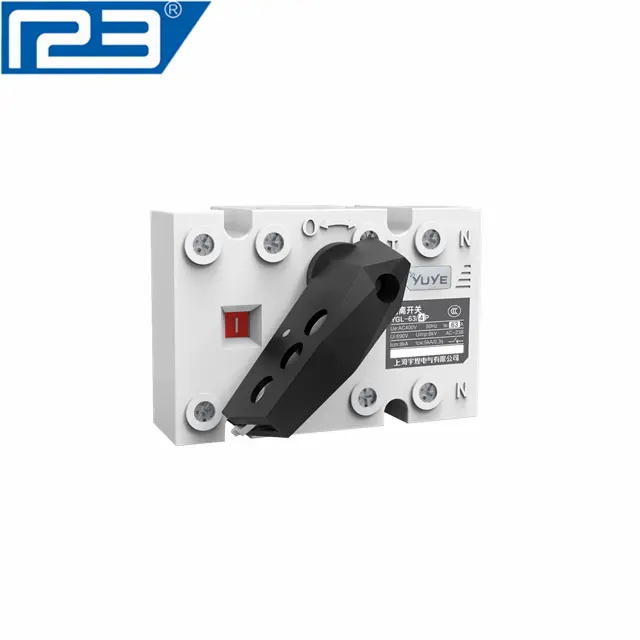

 PC Automatic transfer switch YES1-32N
PC Automatic transfer switch YES1-32N PC Automatic transfer switch YES1-125N
PC Automatic transfer switch YES1-125N PC Automatic transfer switch YES1-400N
PC Automatic transfer switch YES1-400N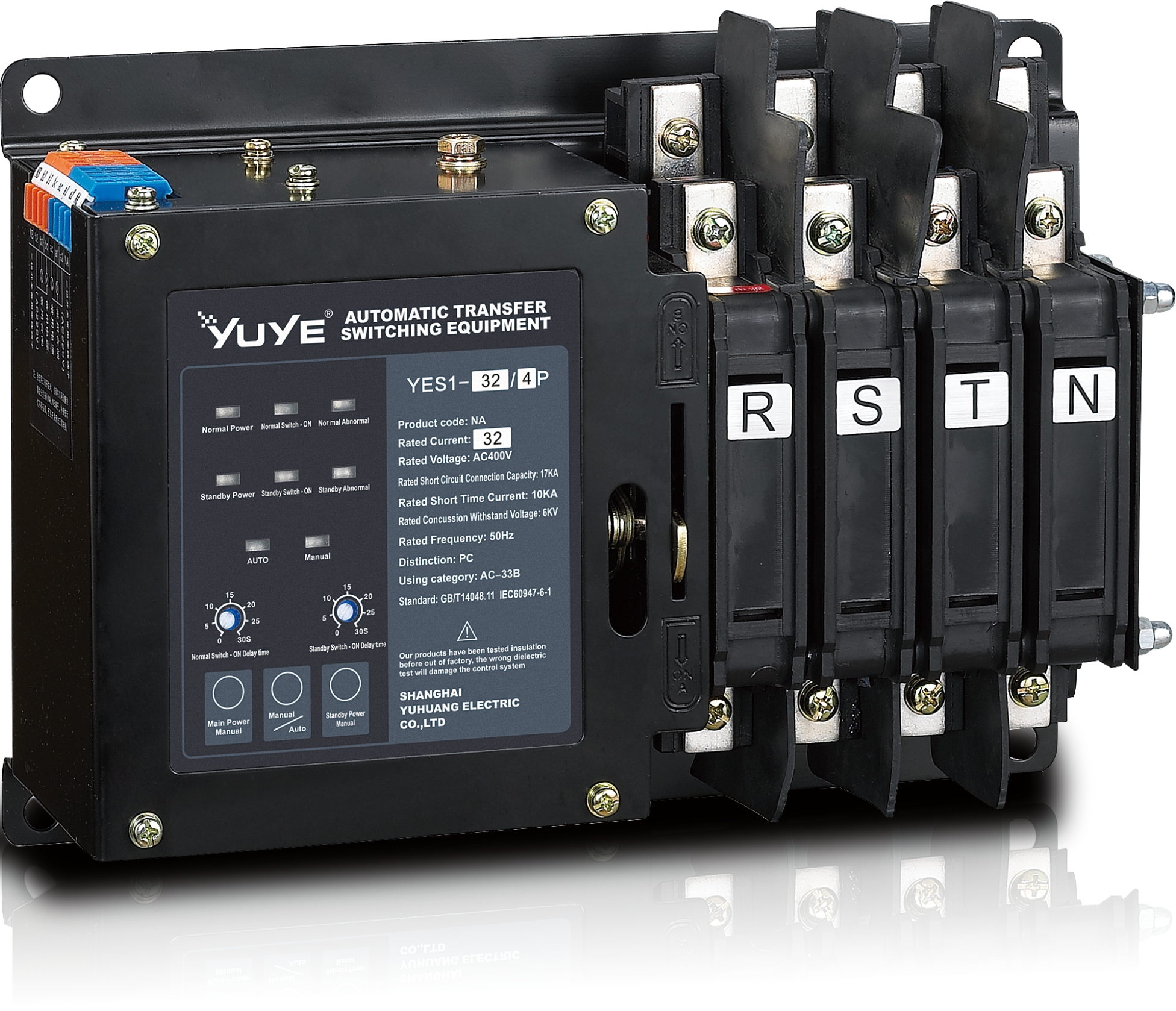 PC Automatic transfer switch YES1-32NA
PC Automatic transfer switch YES1-32NA PC Automatic transfer switch YES1-125NA
PC Automatic transfer switch YES1-125NA PC Automatic transfer switch YES1-400NA
PC Automatic transfer switch YES1-400NA PC Automatic transfer switch YES1-100G
PC Automatic transfer switch YES1-100G PC Automatic transfer switch YES1-250G
PC Automatic transfer switch YES1-250G PC Automatic transfer switch YES1-630G
PC Automatic transfer switch YES1-630G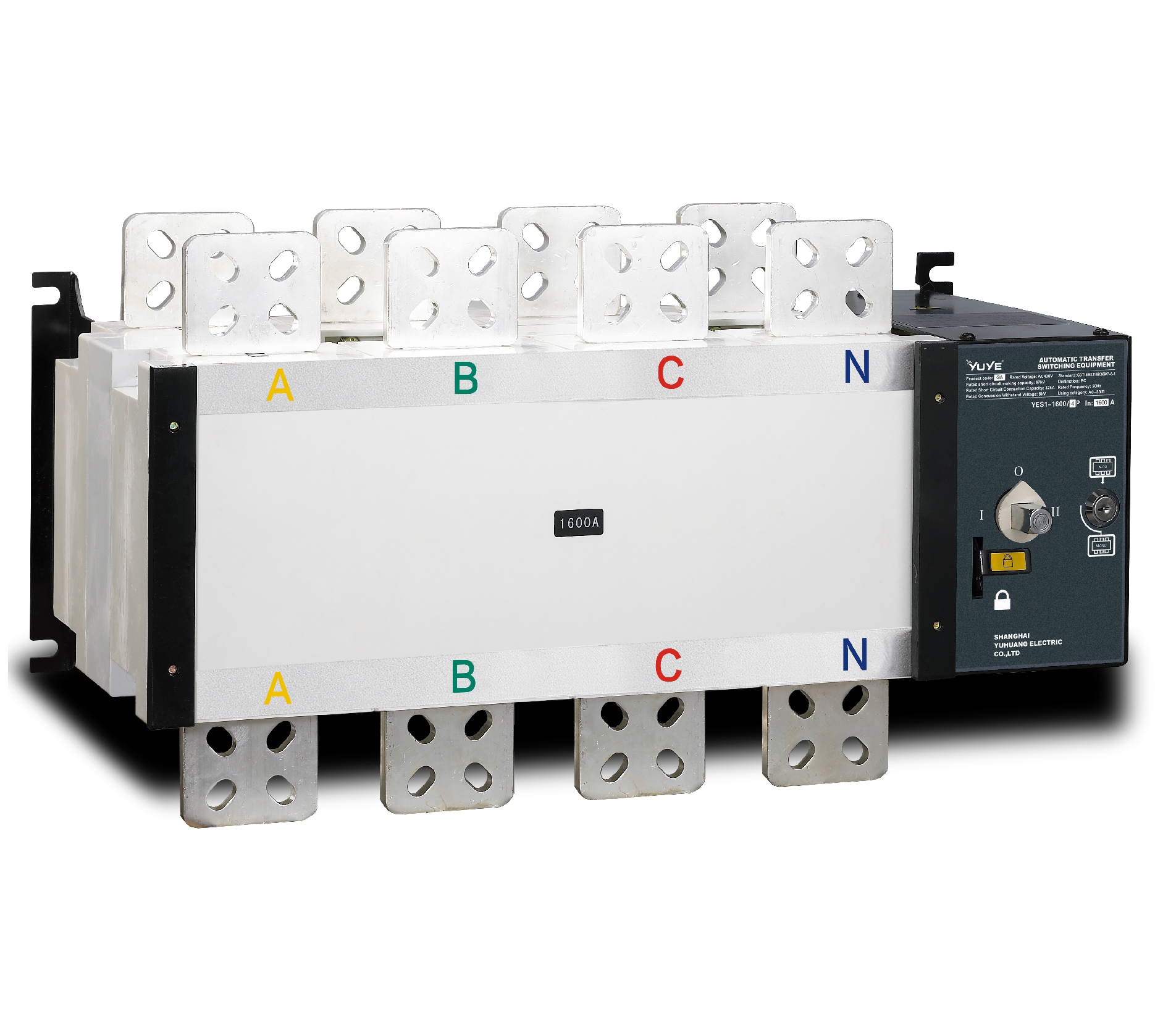 PC Automatic transfer switch YES1-1600G
PC Automatic transfer switch YES1-1600G PC Automatic transfer switch YES1-32C
PC Automatic transfer switch YES1-32C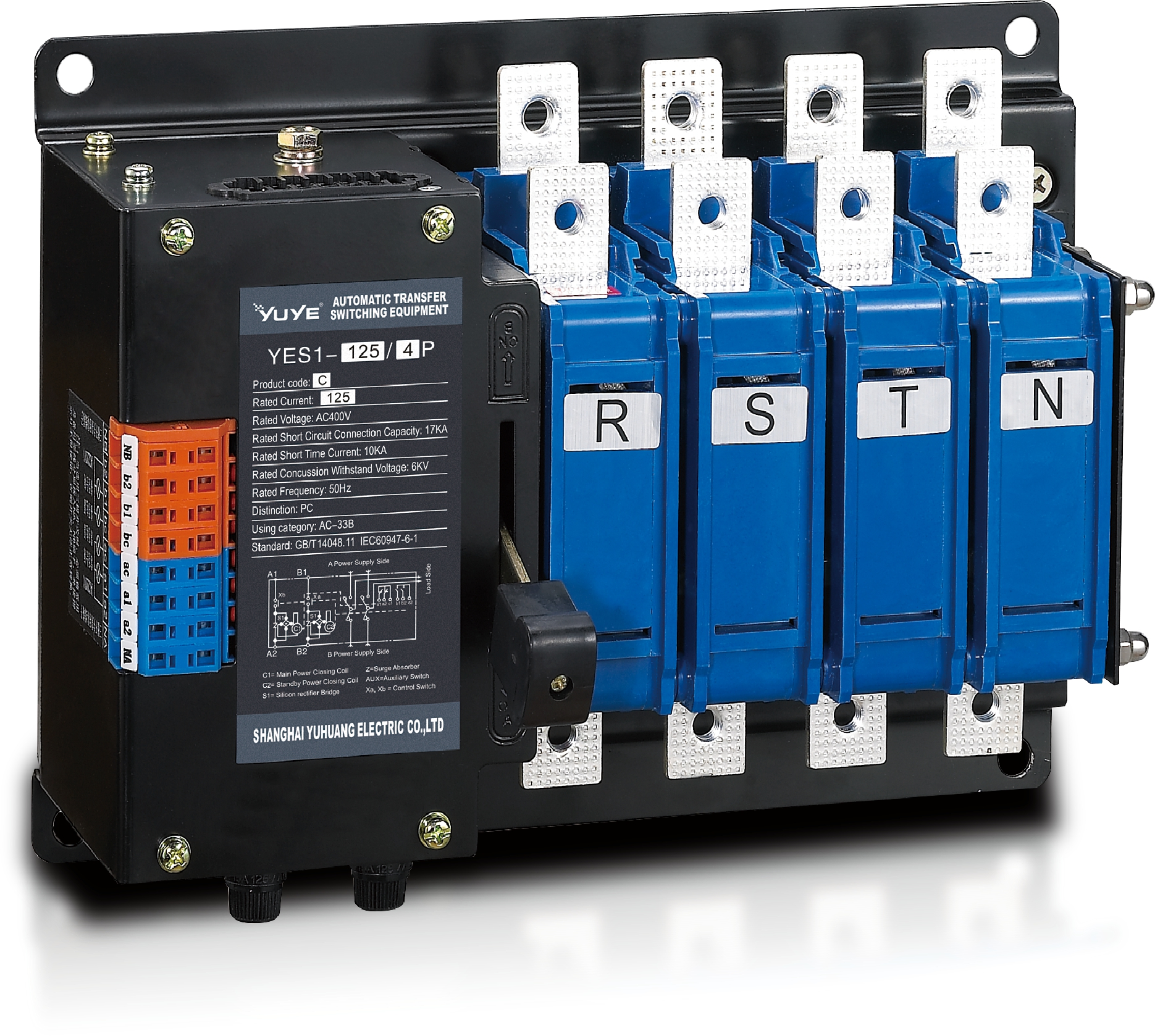 PC Automatic transfer switch YES1-125C
PC Automatic transfer switch YES1-125C PC Automatic transfer switch YES1-400C
PC Automatic transfer switch YES1-400C PC Automatic transfer switch YES1-125-SA
PC Automatic transfer switch YES1-125-SA PC Automatic transfer switch YES1-1600M
PC Automatic transfer switch YES1-1600M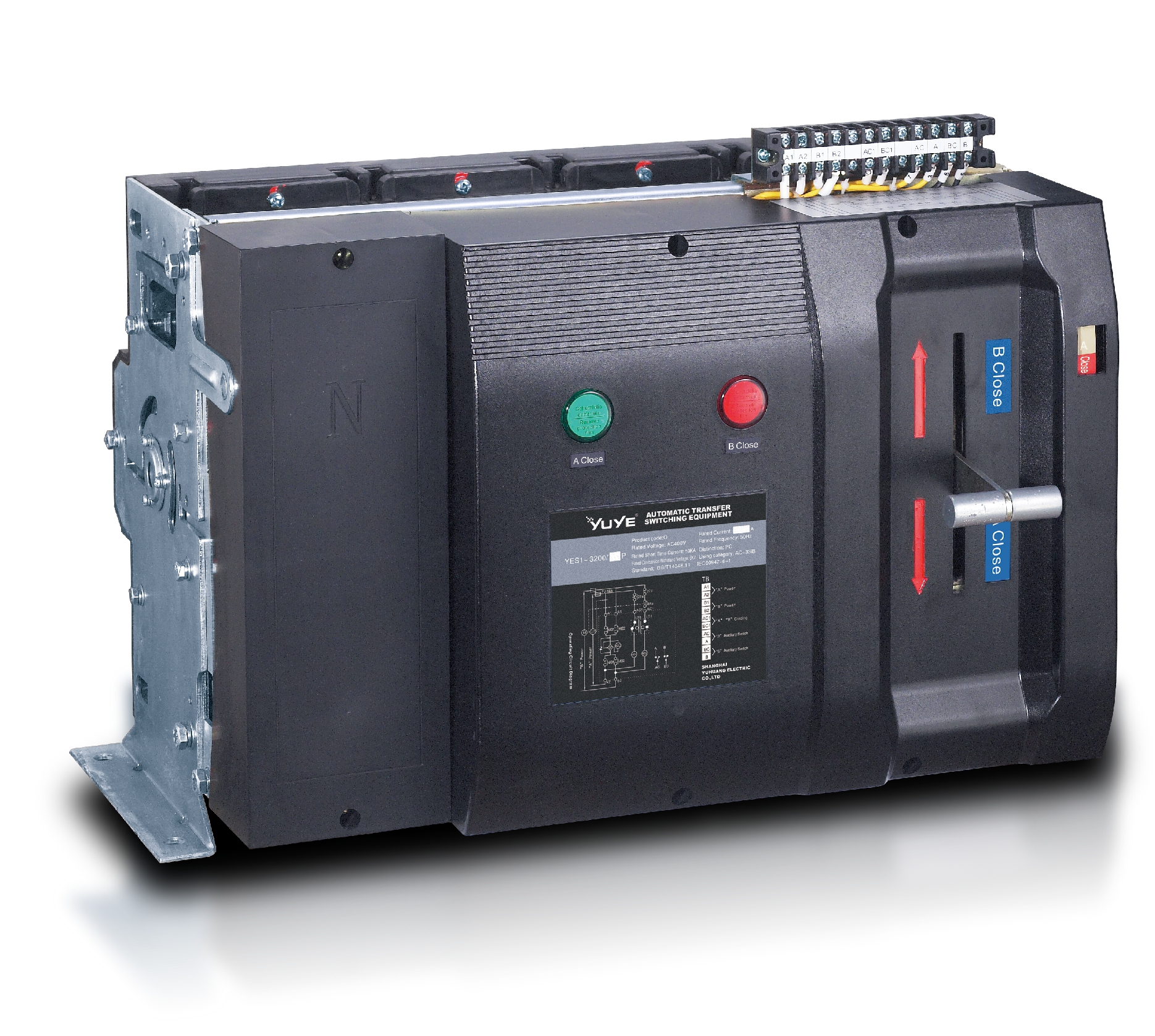 PC Automatic transfer switch YES1-3200Q
PC Automatic transfer switch YES1-3200Q CB Automatic transfer switch YEQ1-63J
CB Automatic transfer switch YEQ1-63J CB Automatic transfer switch YEQ3-63W1
CB Automatic transfer switch YEQ3-63W1 CB Automatic transfer switch YEQ3-125
CB Automatic transfer switch YEQ3-125 Air Circuit Breaker YUW1-2000/3P Fixed
Air Circuit Breaker YUW1-2000/3P Fixed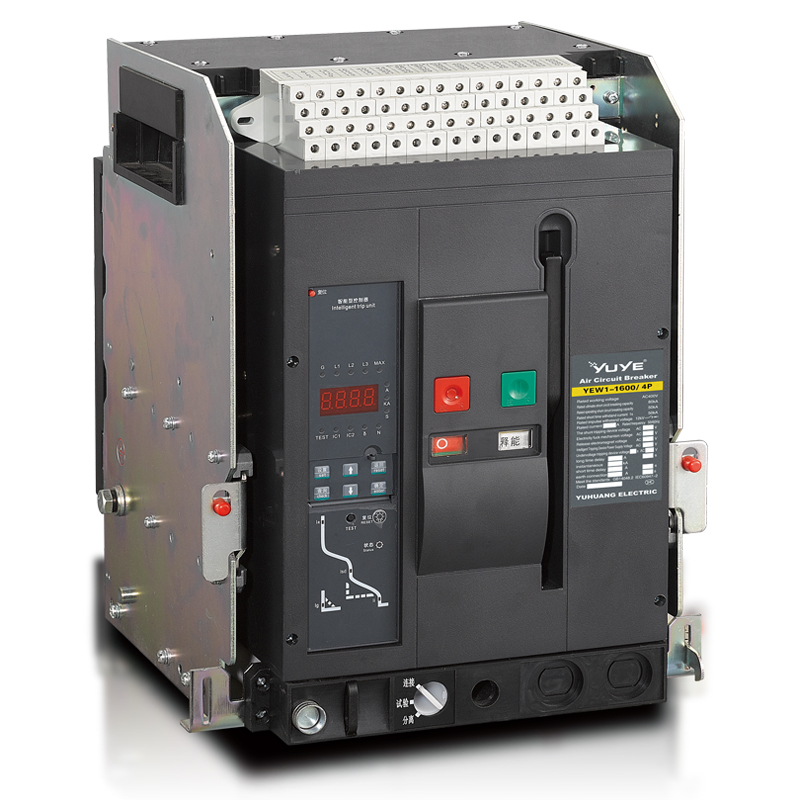 Air Circuit Breaker YUW1-2000/3P Drawer
Air Circuit Breaker YUW1-2000/3P Drawer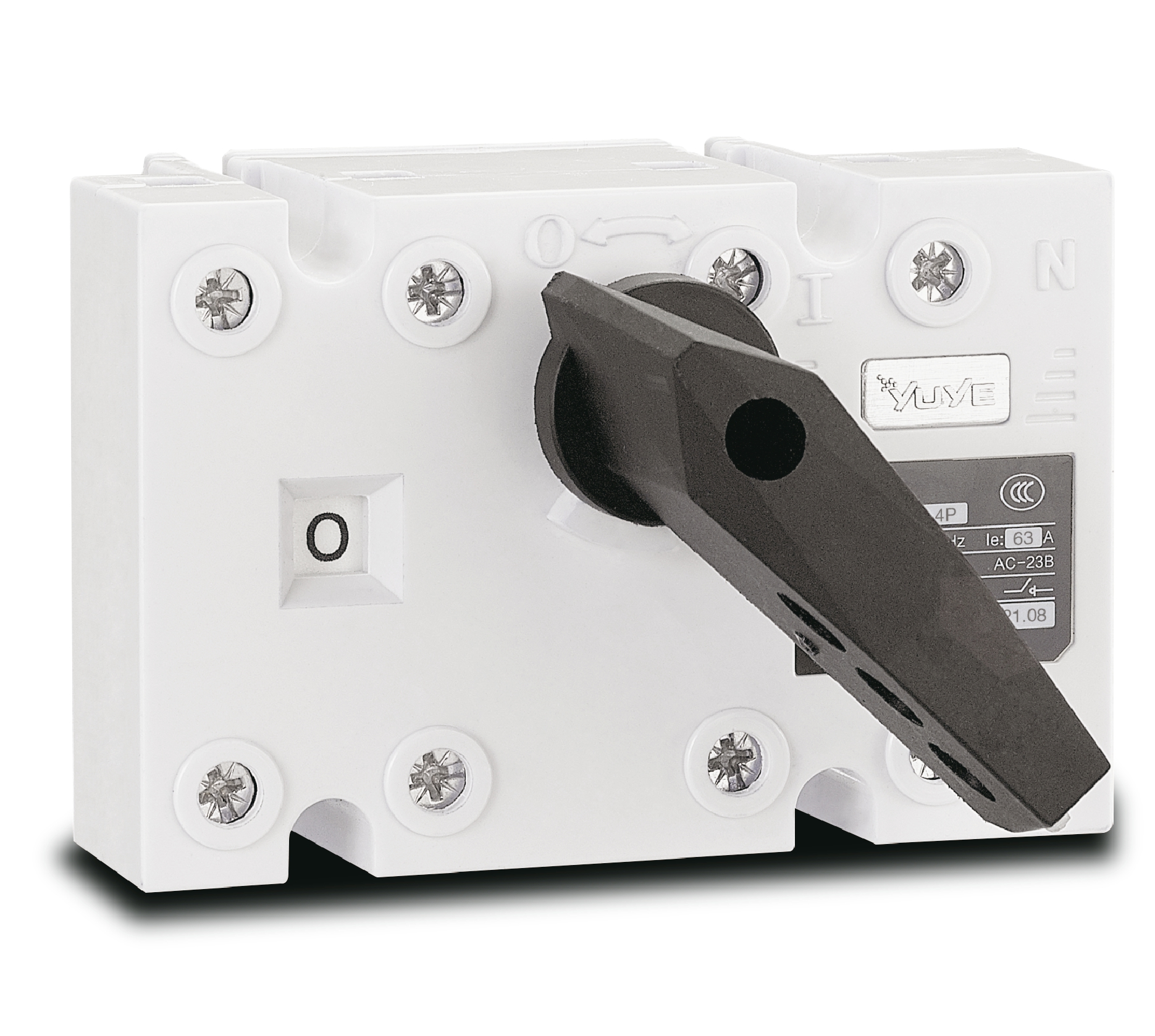 Load isolation switch YGL-63
Load isolation switch YGL-63 Load isolation switch YGL-250
Load isolation switch YGL-250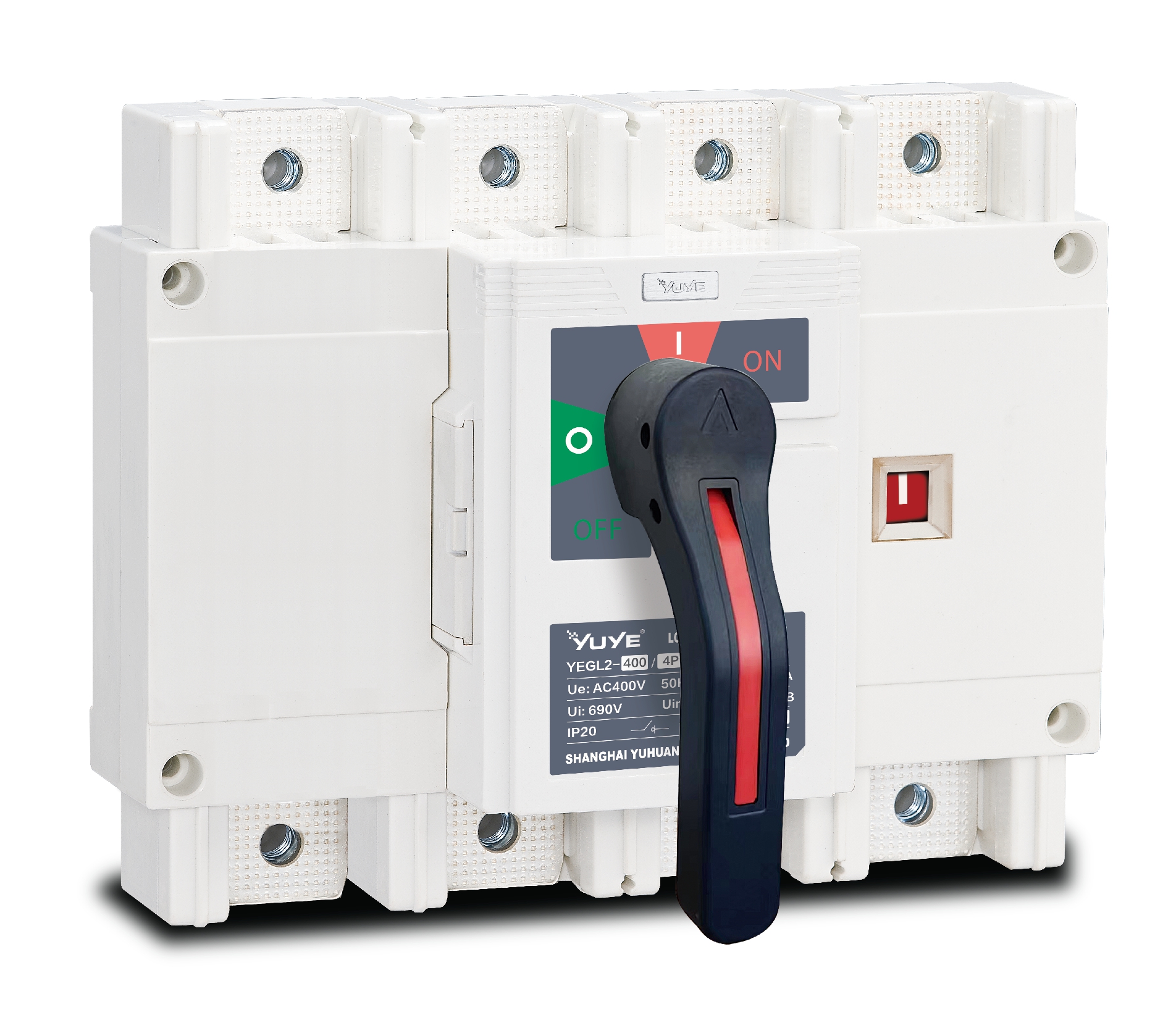 Load isolation switch YGL-400(630)
Load isolation switch YGL-400(630) Load isolation switch YGL-1600
Load isolation switch YGL-1600 Load isolation switch YGLZ-160
Load isolation switch YGLZ-160 ATS switch Cabinet floor-to-ceiling
ATS switch Cabinet floor-to-ceiling ATS switch cabinet
ATS switch cabinet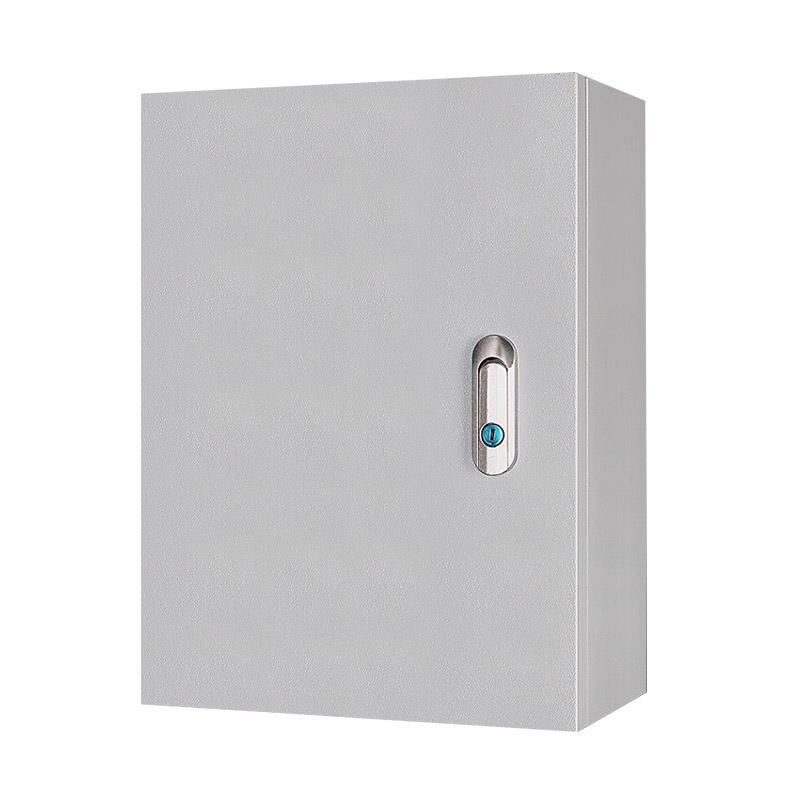 JXF-225A power Cbinet
JXF-225A power Cbinet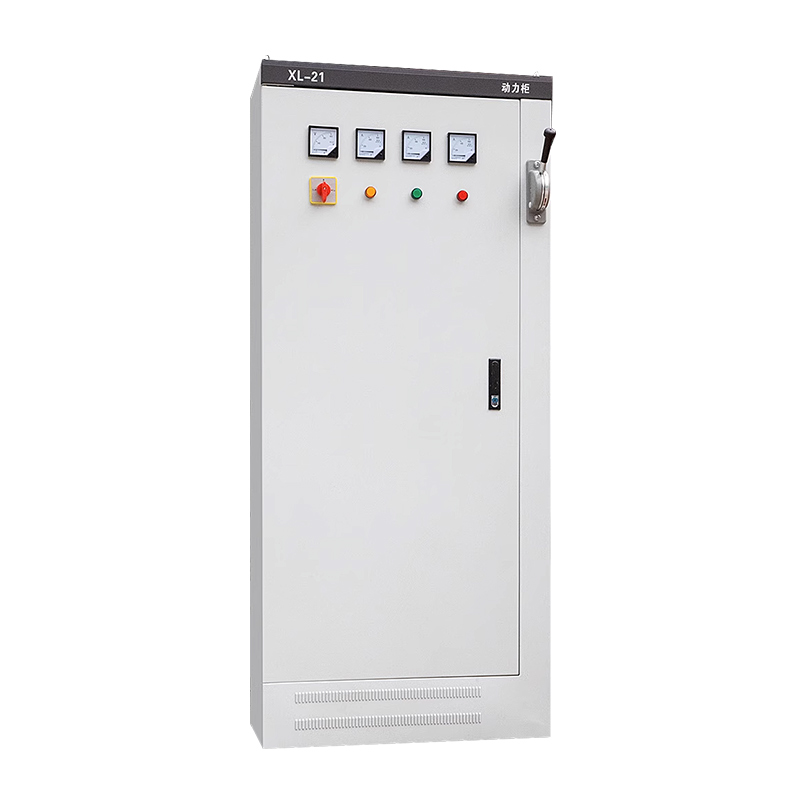 JXF-800A power Cbinet
JXF-800A power Cbinet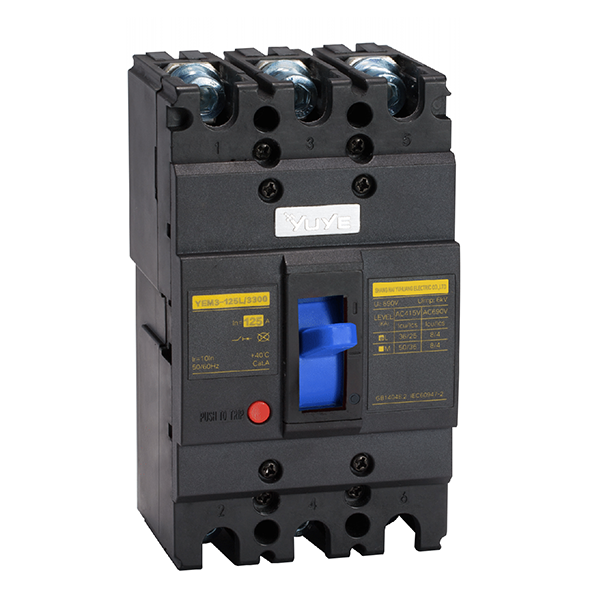 Molded case circuit breake YEM3-125/3P
Molded case circuit breake YEM3-125/3P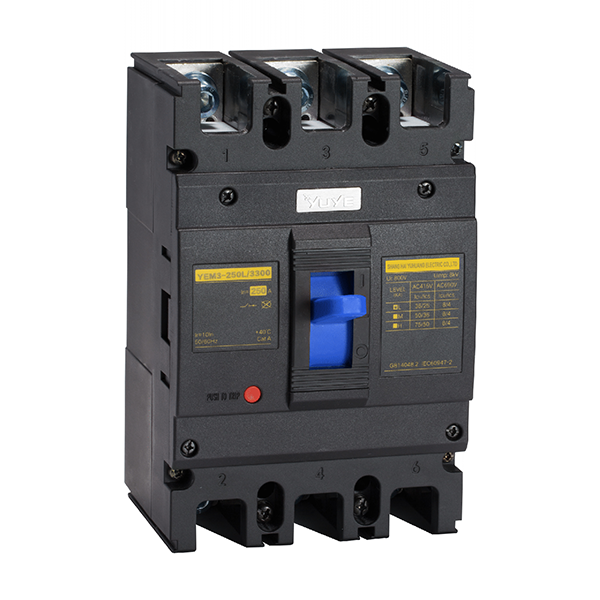 Molded case circuit breake YEM3-250/3P
Molded case circuit breake YEM3-250/3P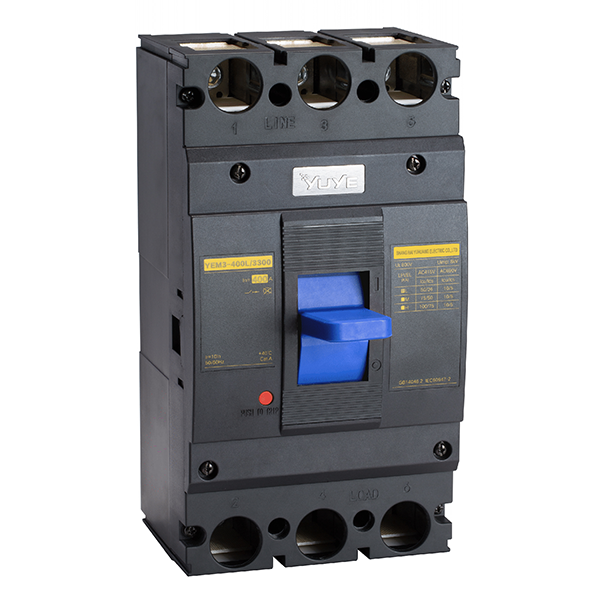 Molded case circuit breake YEM3-400/3P
Molded case circuit breake YEM3-400/3P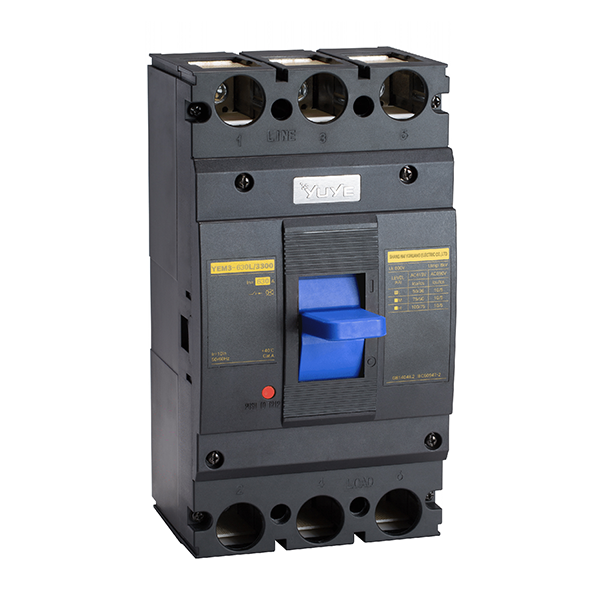 Molded case circuit breake YEM3-630/3P
Molded case circuit breake YEM3-630/3P Molded case circuit breaker YEM1-63/3P
Molded case circuit breaker YEM1-63/3P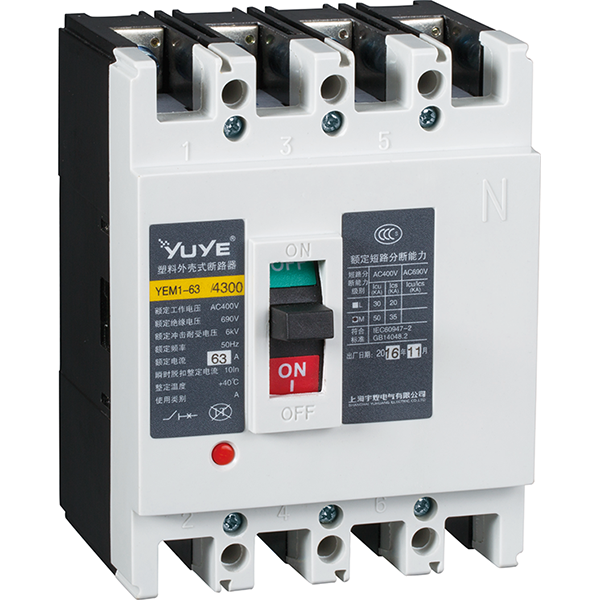 Molded case circuit breaker YEM1-63/4P
Molded case circuit breaker YEM1-63/4P Molded case circuit breaker YEM1-100/3P
Molded case circuit breaker YEM1-100/3P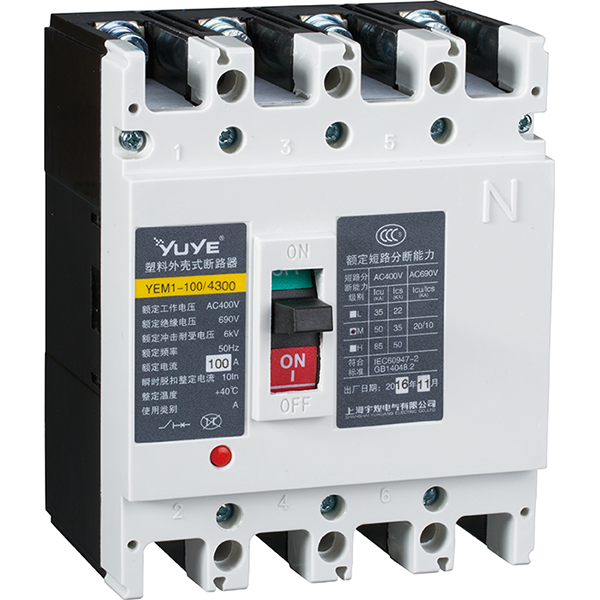 Molded case circuit breaker YEM1-100/4P
Molded case circuit breaker YEM1-100/4P Molded case circuit breaker YEM1-225/3P
Molded case circuit breaker YEM1-225/3P Molded case circuit breaker YEM1-400/3P
Molded case circuit breaker YEM1-400/3P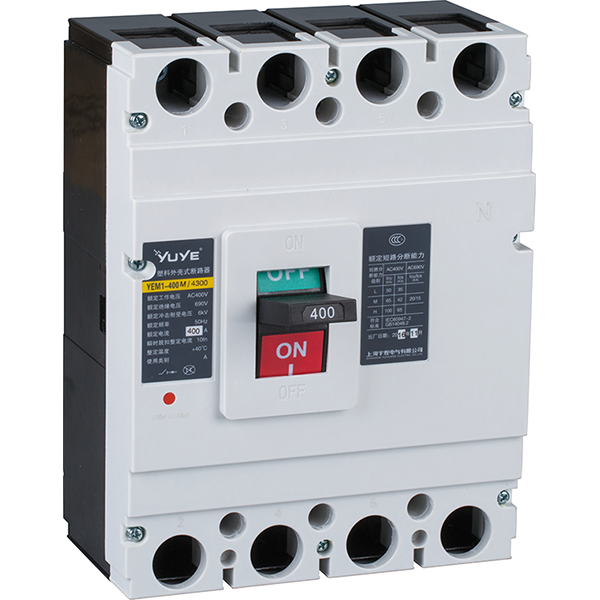 Molded case circuit breaker YEM1-400/4P
Molded case circuit breaker YEM1-400/4P Molded case circuit breaker YEM1-630/3P
Molded case circuit breaker YEM1-630/3P Molded case circuit breaker YEM1-630/4P
Molded case circuit breaker YEM1-630/4P Molded case circuit breaker YEM1-800/3P
Molded case circuit breaker YEM1-800/3P Molded case circuit breaker YEM1-800/4P
Molded case circuit breaker YEM1-800/4P Mold case circuit breaker YEM1E-100
Mold case circuit breaker YEM1E-100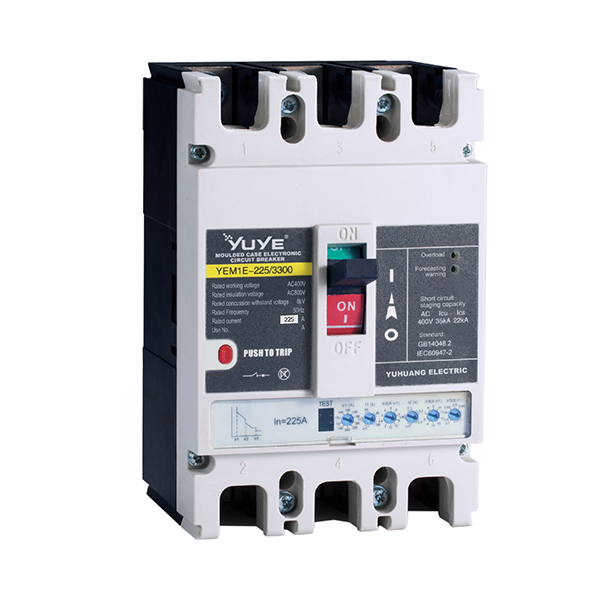 Molded case circuit breaker YEM1E-225
Molded case circuit breaker YEM1E-225 Molded case circuit breaker YEM1E-400
Molded case circuit breaker YEM1E-400 Molded case circuit breaker YEM1E-630
Molded case circuit breaker YEM1E-630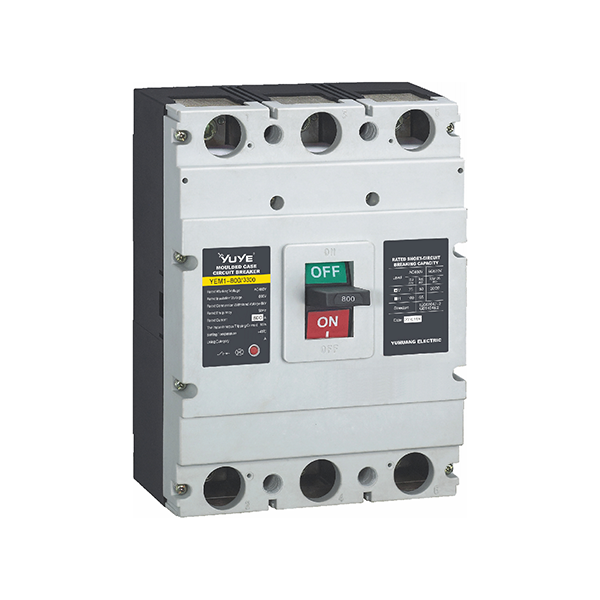 Mold case circuit breaker-YEM1E-800
Mold case circuit breaker-YEM1E-800 Molded case circuit breaker YEM1L-100
Molded case circuit breaker YEM1L-100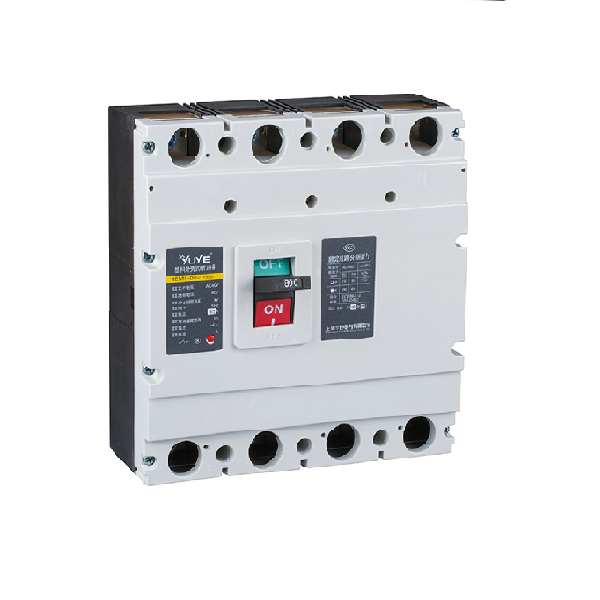 Molded case circuit breaker YEM1L-225
Molded case circuit breaker YEM1L-225 Mold case circuit breaker YEM1L-400
Mold case circuit breaker YEM1L-400 Molded case circuit breaker YEM1L-630
Molded case circuit breaker YEM1L-630 Miniature circuit breaker YUB1-63/1P
Miniature circuit breaker YUB1-63/1P Miniature circuit breaker YUB1-63/2P
Miniature circuit breaker YUB1-63/2P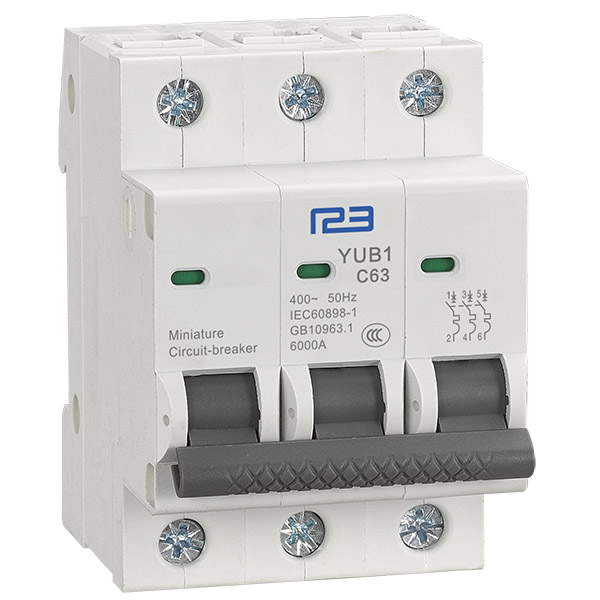 Miniature circuit breaker YUB1-63/3P
Miniature circuit breaker YUB1-63/3P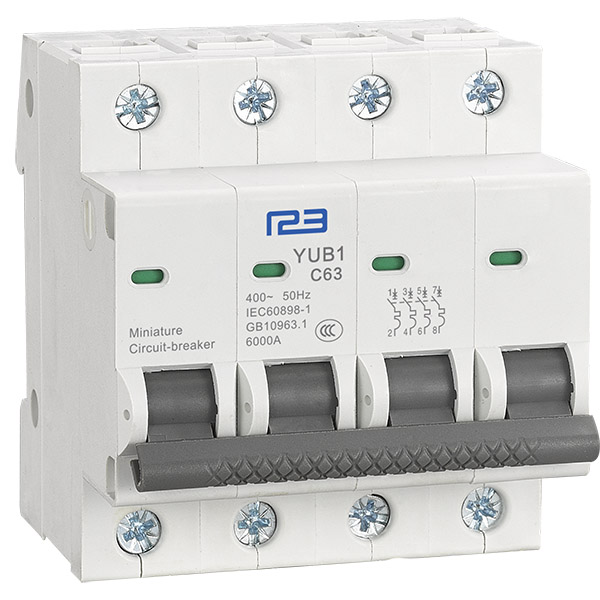 Miniature circuit breaker YUB1-63/4P
Miniature circuit breaker YUB1-63/4P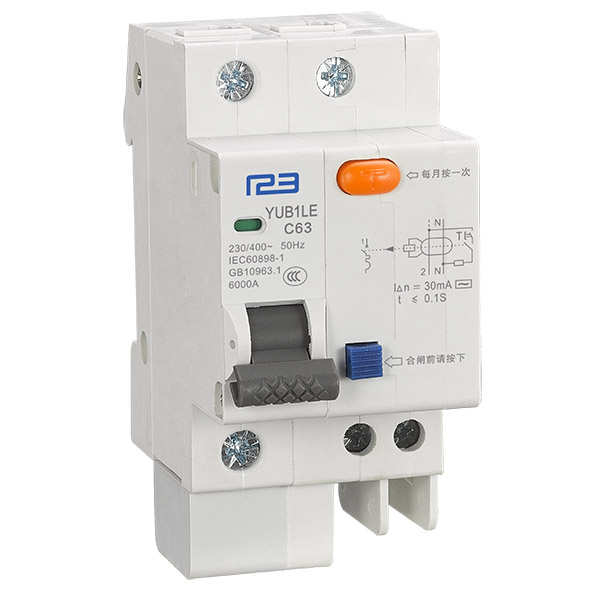 Miniature circuit breaker YUB1LE-63/1P
Miniature circuit breaker YUB1LE-63/1P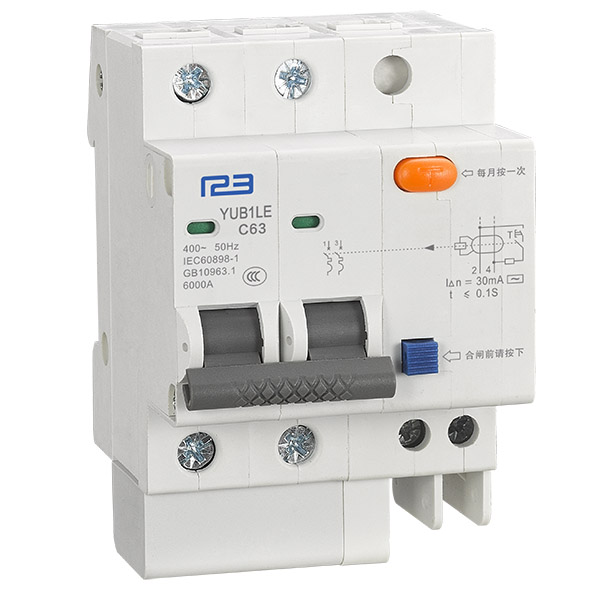 Miniature circuit breaker YUB1LE-63/2P
Miniature circuit breaker YUB1LE-63/2P Miniature circuit breaker YUB1LE-63/3P
Miniature circuit breaker YUB1LE-63/3P Miniature circuit breaker YUB1LE-63/4P
Miniature circuit breaker YUB1LE-63/4P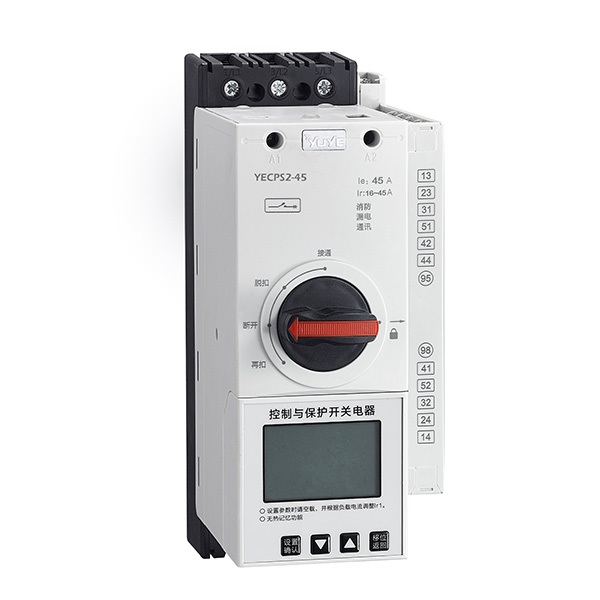 YECPS-45 LCD
YECPS-45 LCD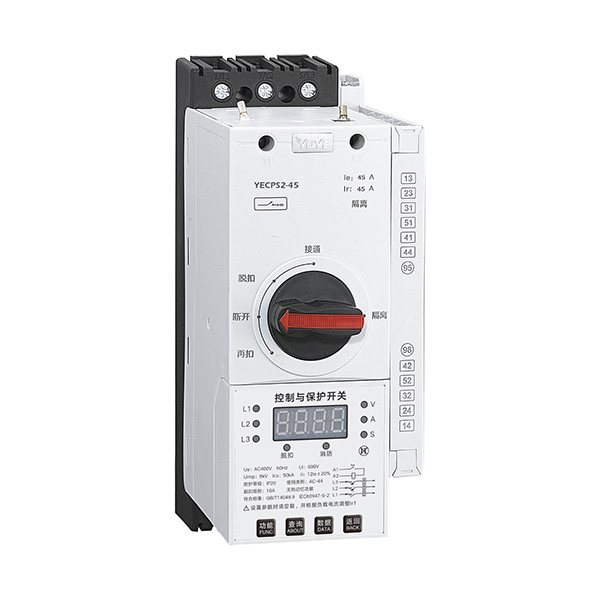 YECPS-45 Digital
YECPS-45 Digital DC Automatic transfer switch YES1-63NZ
DC Automatic transfer switch YES1-63NZ DC Plastic shell type circuit breaker YEM3D
DC Plastic shell type circuit breaker YEM3D PC/CB Grade ATS Controller
PC/CB Grade ATS Controller




